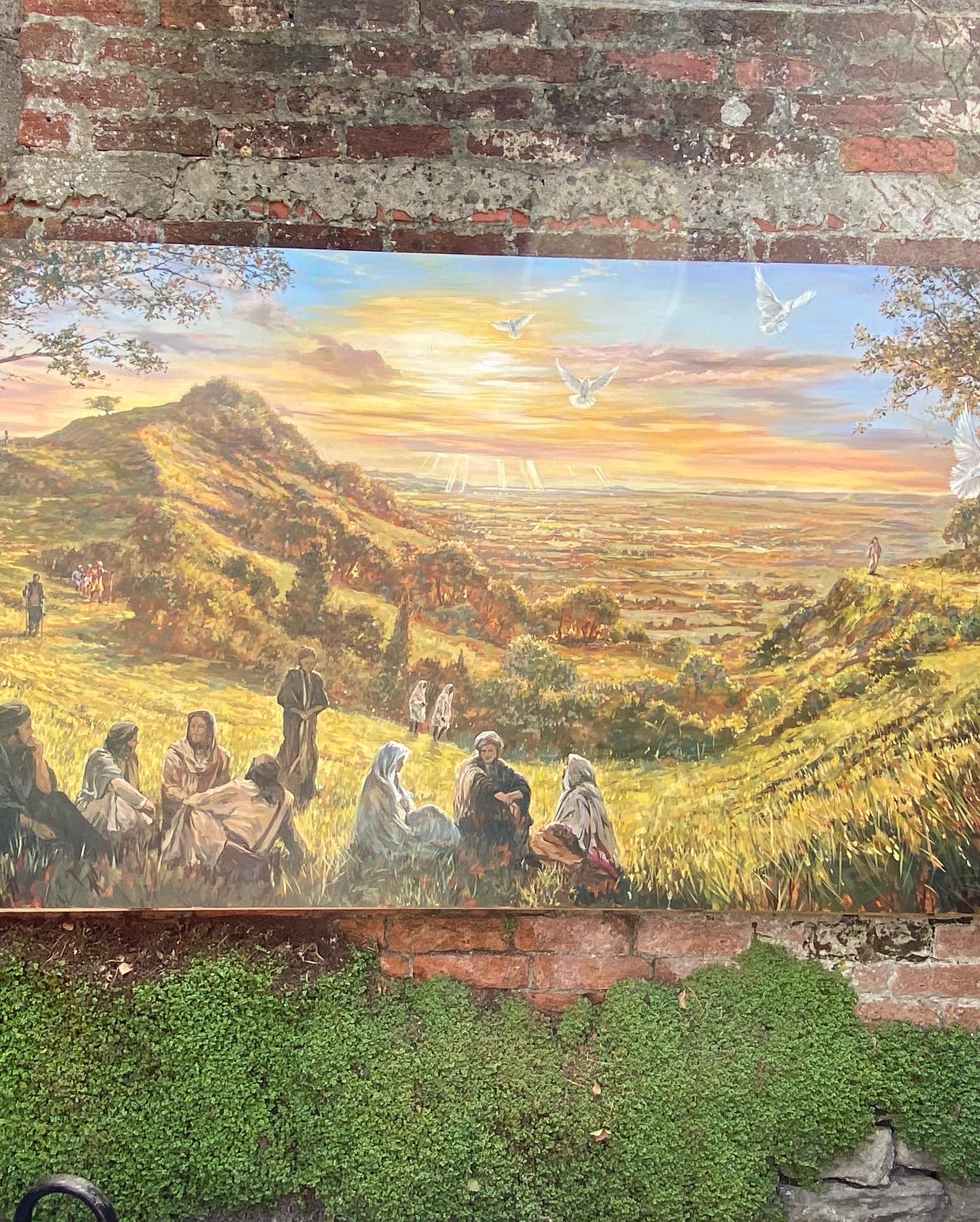A warm summer’s afternoon in Glastonbury and the town was full of its eccentric diversity. Yet as as Glastonbury may be, it is a model of sane and peaceable conduct when compared with the world beyond.
From the humdrum existence of a small West Country town in the 1970s, it has undergone a gradual transformation to become a capital city of the esoteric – and the plain bonkers.
Perhaps it is a fulfilment of G.K. Chesterton’s maxim that ‘when men choose not to believe in God, they do not thereafter believe in nothing, they then become capable of believing in anything.’ Perhaps Glastonbury is the ultimate expression of a society that mingles beliefs in pre-Christian notions of angels and demons, with Eastern ideas of karma and reincarnation, and secular attachments to conspiracy theories. Perhaps Glastonbury has replaced Christian orthodoxy with an a la carte menu of all religions and none.
The ‘whatever you’re having yourself’ approach might allow people to pick whatever they want from the options available to them in terms of spirituality and meaning and purpose, but it seems to bring also a loss of parts of the story.
Visiting the chapel and almshouses of Saint Mary Magdalene, the beautiful garden led to an enclosure beyond. On the south wall of the enclosure, there hung a painting that might have been a scene from a book of children’s Bible stories.
There must be countless such illustrations that attempt to capture the tales of a First Century itinerant Judean preacher and his small groups of followers. Except this one was different, in this one the figures are set against the background of Glastonbury Tor. To the right lies Sedgemoor, but as it might have been in more recent times, for in the First Century it would have been water and marshland. Beyond the moor lie hills, among which is the one where my own village stands.
This is Glastonbury, this is the place to which Joseph of Arimathea is said to have brought the chalice from the Last Supper, this is the place where Joseph is said to have brought Jesus as a boy.
A woman with a glitter star in the middle of her forehead stood beside me.
‘Blake’s Jerusalem.’ I said.
She looked at me, a confused expression.
‘The Last Night of the Proms, do you know the lines?’
And did those feet in ancient times
Walk upon England’s mountains green?
And was the holy Lamb of God,
On England’s pleasant pastures seen?
The woman shook her head. ‘I’m sorry, I don’t know it.’
There was a temptation to ask how much of the Glastonbury tradition meant anything without the Jerusalem allusions. Perhaps glittery stars and neo-paganism have supplanted the more ancient stories. Perhaps embracing everything means a loss of some things.



It is a miracle that the painting survives the weather, the ravenous bugs and human jokers. And the occasional excess of UV radiation.
Very much enjoyed that, thanks.